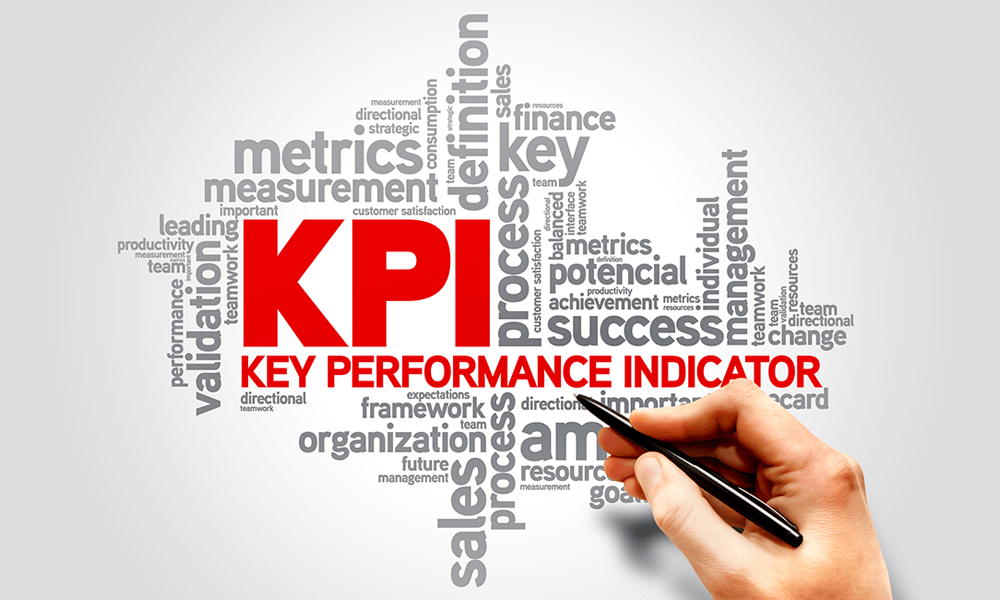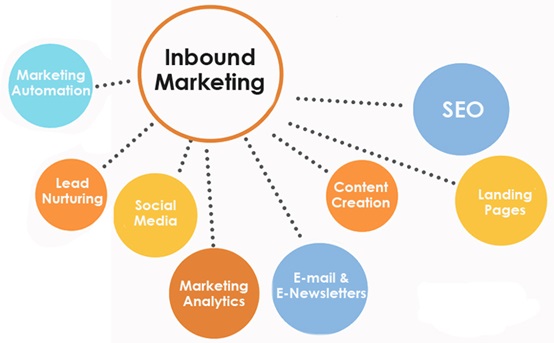Key Performance Indicators in Digital Marketing

Digital marketing is an ever-evolving field that requires businesses to track and measure performance meticulously to ensure effective strategies and optimal ROI (Return on Investment). Key Performance Indicators (KPIs) are essential tools that help marketers gauge the success of their campaigns and make informed decisions. This comprehensive guide will explore the various KPIs used in digital marketing, their significance, and how they can be applied to achieve marketing objectives.
Introduction to KPIs in Digital Marketing
Definition of KPIs
In digital marketing, KPIs help in assessing the effectiveness of marketing campaigns, strategies, and overall performance in reaching specific business goals.
Importance of KPIs
KPIs are crucial because they provide a clear, objective basis for evaluating performance. They help in:
Tracking Progress: KPIs offer insights into how well digital marketing efforts are performing against set goals. Informed Decision-Making: By analyzing KPIs, marketers can make data-driven decisions and optimize strategies. Identifying Strengths and Weaknesses: KPIs reveal which aspects of a campaign are working and which need improvement.
Aligning Goals: They ensure that marketing activities align with broader business objectives.
Categories of KPIs in Digital Marketing
Digital marketing KPIs can be categorized based on various aspects of marketing performance. Key categories include:
Traffic Metrics
High traffic can indicate strong brand awareness or successful marketing campaigns.
Unique Visitors: Tracks the number of distinct individuals visiting a site over a specific period. It helps in understanding the reach and potential audience size.
Page Views: Counts the number of pages viewed by visitors. This metric helps gauge user engagement and content effectiveness.
Conversion Metrics
It is a critical KPI for assessing the effectiveness of landing pages and calls to action (CTAs).
Cost Per Conversion (CPC): Measures the cost incurred to achieve a conversion. It helps in evaluating the efficiency of advertising spend.
It is vital for understanding the quality of leads and the effectiveness of the sales funnel.
Engagement Metrics
Click-Through Rate (CTR): The ratio of users who click on a link compared to the number who view the link. A high CTR indicates effective ad copy or content.
A high bounce rate can signal irrelevant content or a poor user experience.
Time on Site: Measures the average duration visitors spend on a website. It provides insights into user engagement and content relevancy.
Revenue Metrics
Return on Investment (ROI): Calculates the return generated from marketing activities relative to the cost. It is essential for assessing the profitability of marketing efforts.
Average Order Value (AOV): The average amount spent by customers per transaction. It provides insights into purchasing behavior and helps in optimizing pricing strategies.
Social Media Metrics
Social Media Reach: Measures the total number of unique users who see social media content. It indicates brand visibility and campaign exposure.
Social Media Engagement: Includes likes, shares, comments, and other interactions on social media platforms. High engagement signals effective content and strong audience interest.
Social Media Conversion Rate: The percentage of social media interactions that lead to conversions. It helps in evaluating the effectiveness of social media campaigns in driving business goals.
Email Marketing Metrics
It reflects the effectiveness of email subject lines and sender reputation.
Click-to-Open Rate (CTOR): The ratio of clicks to opens within an email. It provides insights into the effectiveness of email content and CTAs.
Unsubscribe Rate: The percentage of recipients who unsubscribe from email lists. A high unsubscribe rate may indicate issues with email relevance or frequency.
Analyzing and Interpreting KPIs
Setting Realistic Goals
Effective KPI analysis begins with setting realistic and achievable goals. Goals should be:
Measurable: Ensure that goals can be quantified using KPIs.
Achievable: Set goals that are attainable based on current resources and market conditions.
Relevant: Align goals with broader business objectives.
Time-Bound: Establish a timeline for achieving goals.
Benchmarking
This process helps in understanding relative performance and setting realistic targets. For example, comparing current conversion rates with past performance or industry averages can provide insights into campaign effectiveness.
Data Visualization
Data visualization tools and dashboards help in presenting KPIs in an easily understandable format. Visualizations such as charts, graphs, and heat maps make it easier to identify trends, patterns, and anomalies in performance data.
Continuous Monitoring
Regular monitoring of KPIs is essential for staying on top of performance and making timely adjustments. Implementing automated reporting systems can streamline the monitoring process and ensure that data is consistently reviewed.
Best Practices for Using KPIs
Align KPIs with Business Goals
Ensure that the KPIs you track align with your overarching business objectives. For instance, if your goal is to increase brand awareness, focus on metrics such as website traffic and social media reach.
Use a Balanced Approach
Avoid relying on a single KPI to assess performance. A balanced approach involves tracking a combination of traffic, conversion, engagement, and revenue metrics to gain a comprehensive view of marketing effectiveness.
Prioritize Actionable Insights
Focus on KPIs that provide actionable insights. For example, if your bounce rate is high, investigate potential issues with website content or design and make necessary improvements.
Regularly Review and Adjust KPIs
KPIs should be regularly reviewed and adjusted based on changing business goals, market conditions, and performance trends. Periodically reassessing KPIs ensures that they remain relevant and effective.
Ensure Data Accuracy
Accurate data is crucial for reliable KPI analysis. Implement robust data collection and management processes to minimize errors and ensure that KPI metrics reflect true performance.
Case Studies and Examples
E-Commerce Store
For an e-commerce store, KPIs such as Conversion Rate, Average Order Value, and ROI are critical. By analyzing these metrics, the store can determine the effectiveness of its online sales strategies and optimize product listings and promotions accordingly.
SaaS Company
A SaaS company might focus on KPIs like Customer Lifetime Value, Lead Conversion Rate, and Churn Rate. These metrics help in assessing the value of customers over time, the efficiency of lead generation efforts, and the retention of subscribers.
Social Media Influencer
A social media influencer would track KPIs such as Social Media Reach, Engagement Rate, and Social Media Conversion Rate. These metrics help in evaluating the effectiveness of content, audience engagement, and the ability to drive conversions through social media platforms.
Conclusion
Key Performance Indicators (KPIs) are indispensable tools in digital marketing that provide valuable insights into the effectiveness of marketing strategies and campaigns. By tracking and analyzing various KPIs, marketers can make data-driven decisions, optimize their efforts, and achieve better business outcomes. Understanding and applying KPIs effectively can lead to improved performance, higher ROI, and sustained growth in the dynamic world of digital marketing.
In summary, KPIs are not just numbers but powerful indicators of marketing success and areas for improvement. Embracing a strategic approach to KPI measurement and analysis can transform how businesses approach their digital marketing efforts, driving both immediate and long-term success.



